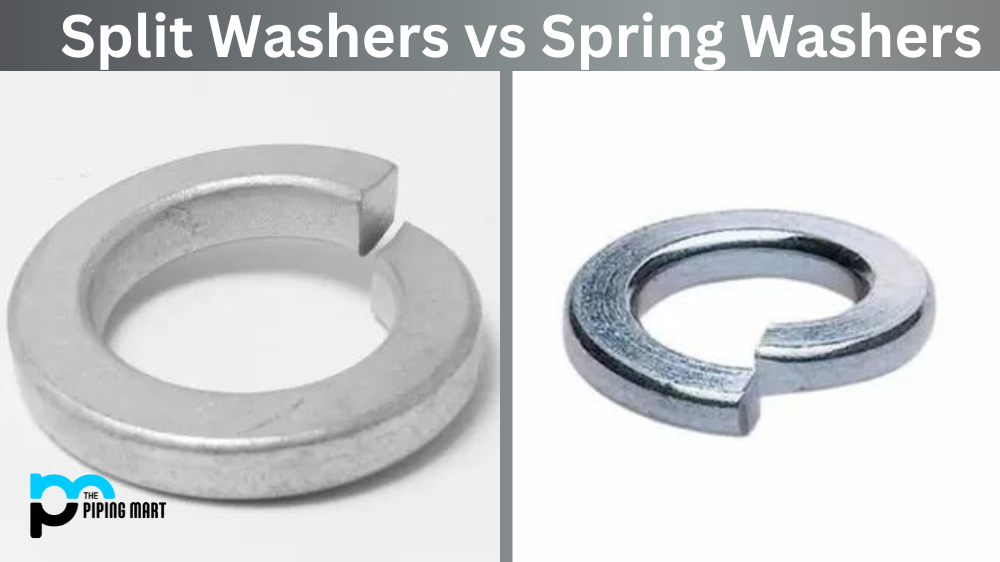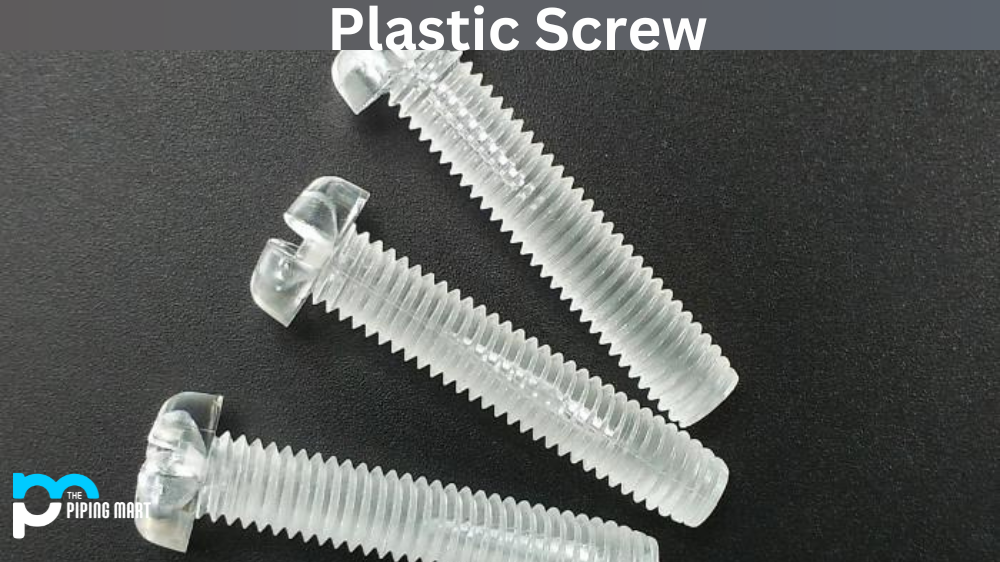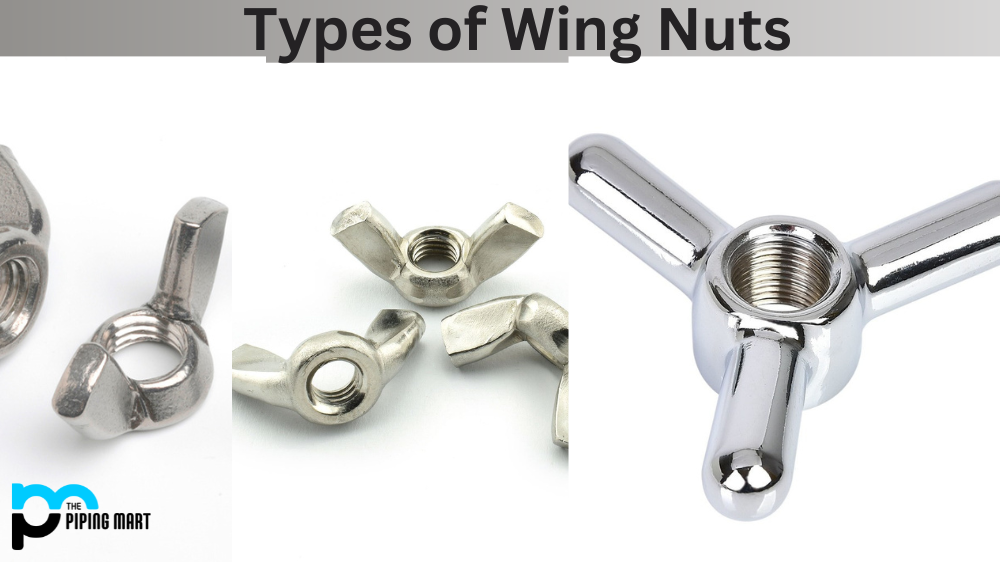Regarding fasteners, washers are one of the essential components as they help distribute load and prevent the loosening of bolts and nuts. Of the various washer types available, the most commonly used are split and spring washers. Although their functions may seem quite similar initially, they have significant differences. This blog post will look at split and spring washers, compare them, and discuss when to use each.
Split Washers
A split washer, also called a lock washer, is designed to provide tension against the nut or bolt to prevent it from loosening due to vibrations or movements. Split washers are usually made of steel and are characterized by their split design, which creates a spring-like effect. As the nut or bolt is tightened, the washer springs back and exerts pressure on the fastener, thus preventing it from loosening.
Despite their effectiveness, split washers have some limitations. For one, they do not provide consistent tension, which can result in the bolt or nut becoming loose over time. They can also cause damage to the surface they are placed on, mainly if the force is concentrated on a small area due to the split.
Spring Washers
Spring washers, also known as disc springs, are similar to split washers in that they apply tension to prevent the fastener from loosening. However, they are designed differently. Spring washers are made of single or multiple discs that are stacked on top of each other. When the nut or bolt is tightened, the discs flatten, creating a spring-like effect that exerts pressure on the fastener.
Spring washers offer consistent tension and are often used in applications requiring high vibration resistance or heavy loads. They are also less likely to damage the surface they are placed on compared to split washers.
Difference Between Split Washers and Spring Washers
Use Split Washers
Split washers are ideal for applications requiring light loads and moderate vibration resistance. They are also helpful when dealing with materials that are prone to damage by tension forces. Examples of applications where split washers are commonly used include electrical panels, light fixtures, and automotive parts.
Use Spring Washers
Spring washers are ideal for applications where heavy loads, high vibration resistance, or shock absorption are required. This makes them suitable for industrial machinery, heavy equipment, aerospace applications, and commercial vehicles.
Other Differences
- A split washer is a type with a split in the middle, allowing it to be compressed when tightened. This makes it ideal for use in applications with limited space, such as plumbing or electrical work.
- A spring washer is a type of washer that is designed to compress under load, providing a greater level of tension and resistance. This makes it ideal for applications requiring more significant stress, such as automotive or construction work.
- Split washers are typically made from softer materials, such as plastic or rubber, while spring washers are usually made from more rigid materials, such as steel or brass.
- Split washers are typically used in lower-strength applications, while spring washers are usually used in higher-strength applications.
- Split washers are typically less expensive than spring washers.
Conclusion
In conclusion, split and spring washers are essential components in fastener assemblies. While split washers are suitable for applications that require light loads and moderate vibration resistance, spring washers are ideal for heavy loads, high vibration resistance, and shock absorption applications. It is essential to consider the specific needs of your application before selecting the appropriate washer type to ensure optimal performance and safety.
Sakshee is a talented blogger, with a particular focus on the Business and Metal Industry. She is passionate about sharing her insights on various metal products and helping professionals to make a better decisions.




